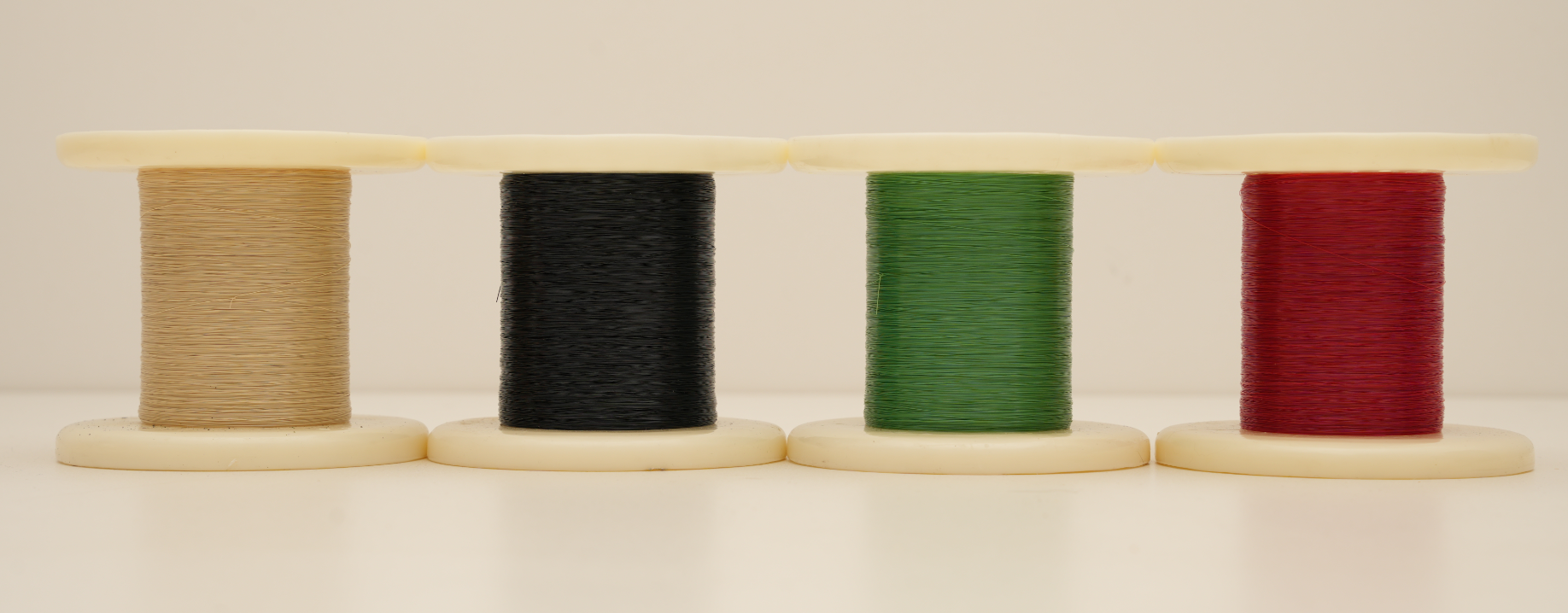Understanding PEEK Material
As a semicrystalline aromatic thermoplastic specialty engineering plastic, Polyetheretherketone (PEEK) has become one of the engineering plastics with the best performance globally since its development by the UK's ICI in 1978, and is known as the "material at the top of the plastic pyramid". The repeating aryl ether ketone units in its molecular structure endow it with excellent heat resistance, mechanical strength, and chemical stability, allowing it to maintain outstanding performance even in extreme environments.
Material Characteristics and Performance Advantages
PEEK material has been widely used in numerous high-end fields due to its comprehensive and excellent physical and chemical properties. These characteristics enable it to maintain stable performance under extreme working conditions, making it an ideal alternative to metal materials. The core performance advantages of PEEK are mainly reflected in the following aspects:
Excellent Mechanical Properties
PEEK boasts a prominent strength-to-weight ratio (specific strength). With a density of only 1.3g/cm³ (approximately 1/6 that of steel), it has a tensile strength of 100-150MPa and a flexural strength of over 190MPa. This characteristic allows PEEK to significantly reduce the weight of components while meeting strength requirements, making it irreplaceable in lightweight design for the aerospace and robotics sectors.
Outstanding Thermal Stability
PEEK’s high-temperature resistance is second to none among engineering plastics. It has a melting point as high as 343℃, a continuous service temperature of over 260℃, and short-term temperature resistance even exceeding 310℃. The latest patented technology, through synergistic reinforcement with silicon carbide whiskers and aluminum oxide particles, has further increased the heat distortion temperature of PEEK composites to over 320℃. This property enables PEEK components to work for a long time in harsh thermal environments such as around engines and high-temperature chemical equipment.
The coefficient of thermal expansion of PEEK (4.7×10⁻⁵ K⁻¹) is close to that of metals, especially nearly matching that of pipeline steel. This characteristic allows PEEK seals and metal housings to expand and contract in coordination with temperature changes, avoiding seal failure caused by thermal mismatch. Experiments show that under extreme temperature cycles from -196℃ liquid nitrogen shock to 150℃ high temperature, PEEK seals can still maintain good toughness, with the fluctuation of contact pressure on the sealing surface being less than 5%.
Superior Chemical Stability
PEEK has excellent corrosion resistance and can withstand corrosion by various organic solvents, acids (except concentrated sulfuric acid), alkalis, and salt solutions. Its performance in sulfur-containing environments is particularly superior to traditional materials. Through nanosilica-filled modification, the H₂S corrosion resistance of PEEK has increased by 300%. As a result, PEEK seals have become an ideal choice for sulfur-containing natural gas pipelines and oil refining equipment.
PEEK also has inherent flame retardancy. Without adding flame retardants, it can reach the UL94 V-0 level, with low smoke emission and minimal toxic gas release during combustion. Therefore, it is highly favored in fields with strict fire safety requirements such as aerospace and nuclear power.
Self-Lubricating and Wear-Resistant Properties
PEEK has a low coefficient of friction (0.15-0.30) and excellent wear resistance, making it particularly suitable for friction components such as bearings and gears. PEEK seals with a built-in molybdenum disulfide self-lubricating coating have a coefficient of friction as low as 0.15, reducing installation torque by 40%. In the metacarpophalangeal joints of Boston Dynamics' Atlas humanoid robot, the PEEK-graphene composite material exhibits excellent impact strength (180MPa) and wear resistance, maintaining stable grip force control with an error of less than 0.1N under operating conditions of -40℃ to 220℃.

